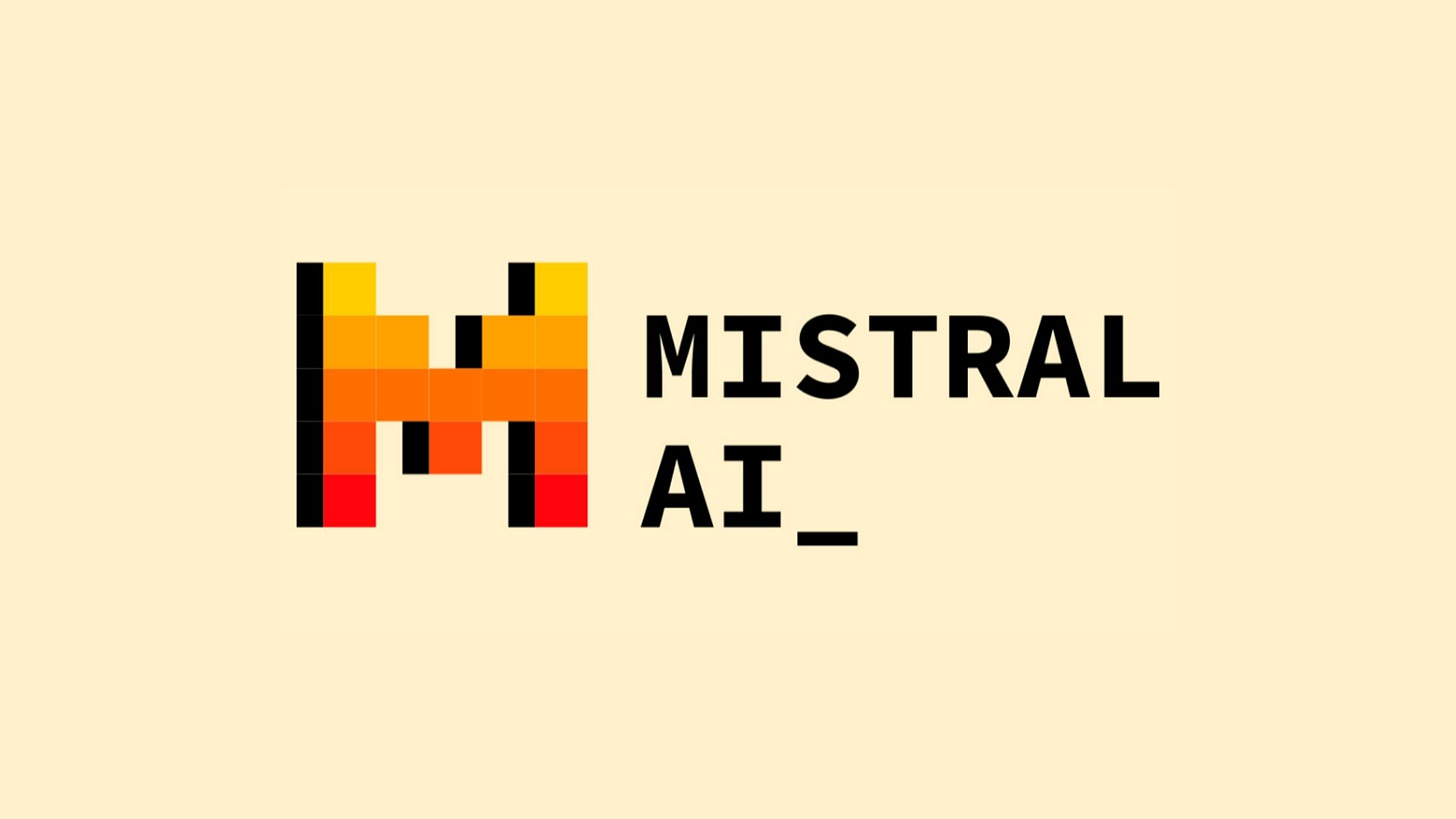DeepSeek is a Tease to the US and a Threat to Europe
The US Lens Misses the Point: DeepSeek is an Existential Threat to Europe
DeepSeek is being analysed the wrong way. The dominant narrative—largely shaped by an American lens—frames it as a challenge to Silicon Valley, a new competitor in the AI arms race. But while the U.S. is busy debating its next move over morning coffee at Sand Hill Road, Europe is staring down something closer to an existential crisis.
The problem isn’t just that DeepSeek is leaner, faster, and optimised for a post-GPU world. It’s that Europe, already struggling to carve out AI sovereignty, is finding itself boxed in—outgunned by U.S. tech giants, outmanoeuvred by China’s AI insurgents, and outpaced by a regulatory framework that moves with the urgency of a long lunch in Brussels.
This is a wonkish piece for those who care about the geopolitics of AI. But don’t worry—tomorrow brings a more hands-on AI experiment everyone can try. It’s about rest, because in a world moving at machine speed, that might be the most radical concept of all.
Oh, and for my full subscribers: expect more of these deep dives. Europe might not be ready for what’s coming, but at least you will be.
DeepSeek is often framed as a disruptive force challenging the US tech landscape. Yet, while the United States benefits from deep capitalisation, robust government support, and a competitive, well‐integrated investment infrastructure, the emergence of DeepSeek exposes a far graver reality for Europe.
Europe’s flagship attempt at sovereign AI—exemplified by Mistral—is facing an existential crisis, not merely a competitive one. The fragmented funding streams, stringent regulatory hurdles, and reliance on expensive, US‐dominated components leave the European model vulnerable. For key executives across industries—from entertainment and culture to broader tech sectors—the implications of these shifts are immediate and profound.
Competitive Implications: European AI ventures, like Mistral, are at risk of being outpaced by lean, agile models such as DeepSeek, while concurrently trying to fight off the US powerhouses.
Structural Vulnerabilities: The disjointed investment and regulatory ecosystem in the EU place it in a secondary position compared with well‐backed US initiatives.
Call to Recalibrate: The situation demands urgent policy and strategic reforms to fortify Europe’s ability to innovate and compete globally.
Mistral: Europe’s Beacon of Ambition – and Its Emerging Vulnerabilities
Mistral emerged in mid‑2023 as a beacon of European ambition—a homegrown AI venture that symbolised the continent’s aspiration for a sovereign tech future. Key milestones in Mistral’s journey include:
Rapid Capitalisation: The company secured approximately $100m within four weeks of its inception, igniting widespread enthusiasm as Europe’s long‑awaited answer to US and Chinese tech giants.
Early Technical Breakthroughs: Mistral’s initial models demonstrated competitive performance, raising expectations that Europe could carve out its own niche in the rapidly evolving AI landscape.
However, these early achievements now stand in stark contrast to the challenges that have since emerged:
Funding Disparities: Despite its promising start, Mistral’s capital inflows pale in comparison to the multi‑billion-dollar investments fuelling US companies like OpenAI, Anthropic, and xAI.
Regulatory Hurdles: The EU’s rigorous, and often fragmented, regulatory framework slows down the rollout of new models. Even giants like OpenAI face delays in the European market—underscoring a systemic issue that places Europe perpetually on the back foot.
Capital‑Intensive Operations: Mistral’s heavy reliance on expensive components (e.g. Nvidia chips) and conventional compute architectures makes it less agile than competitors who have adopted leaner, more cost‑efficient approaches.



